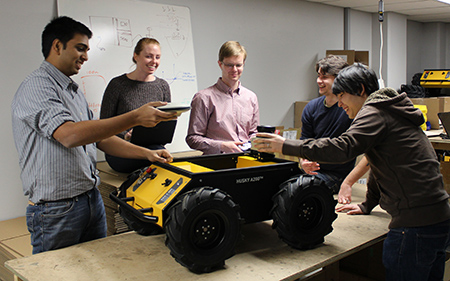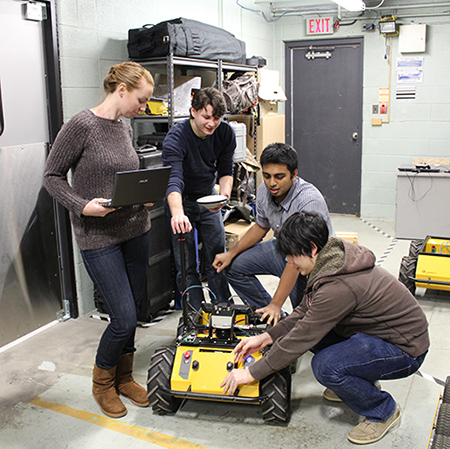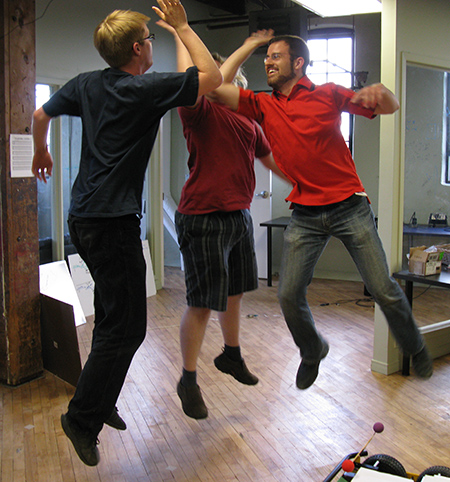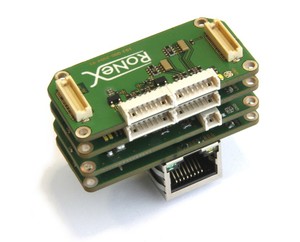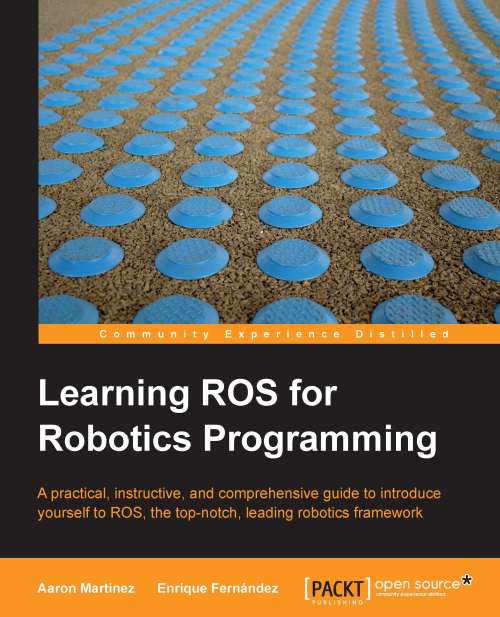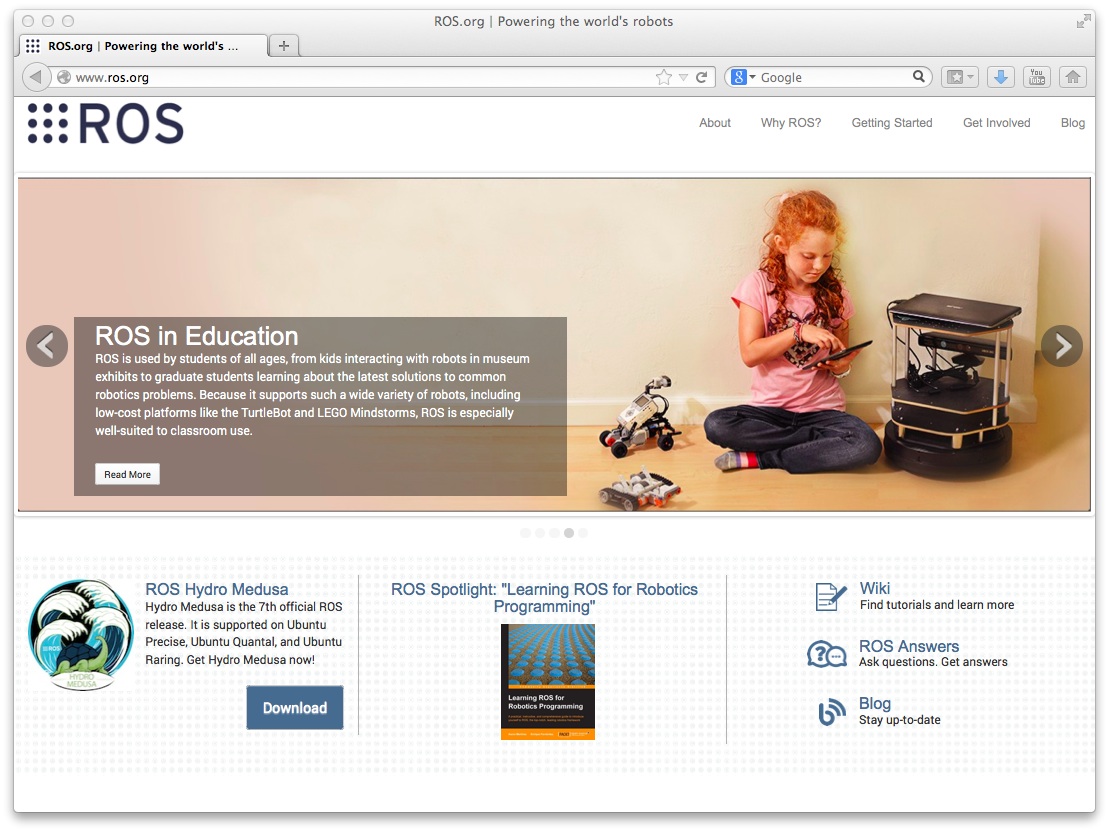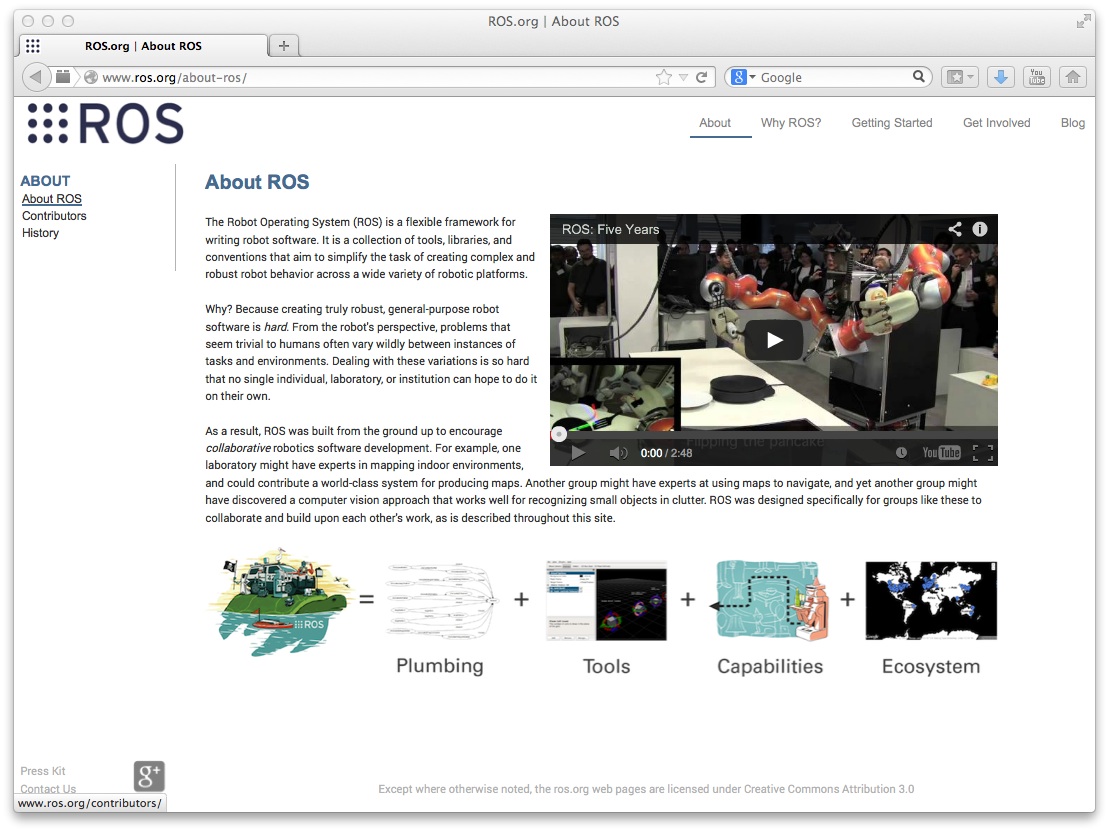Software Engineer: Simulation
Primary Function:
evelop and maintain the Gazebo robot simulator. There are many aspects to simulation including physics performance and accuracy, sensor generation, user interfaces, robot modelling, and rendering. The ideal candidate is proficient in at least one of these topics, and capable of expanding into others.
- Support and develop simulation of large indoor and outdoor environments with multiple heterogeneous robots.
- Full lifecycle application development.
- Support, maintain and document software functionality.
- Software testing and quality assurance.
Skills / Job Requirements:
- BS, MS, or PhD in Computer Science or equivalent.
- Compensation commensurate to degree and experience.
- Several years of software development experience.
- Extensive knowledge of Linux environments.
- Experience designing and developing large software systems.
Nice to Have's:
- Experience developing and maintaining open-source software.
- Experience as a user of physical simulation software.
- Experience developing for Windows and/or OSX.
- Experience using ODE or Bullet.
- Experience using OGRE.
- Experience using Qt.
- Experience developing web applications.
Application Material:
- Cover letter
- Resume/CV
- Downloadable code sample(s)
- Two references and/or two letter of recommendation
To Apply:
Send your Application Materials and links to any projects you'd like us to look at to jobs@osrfoundation.org







